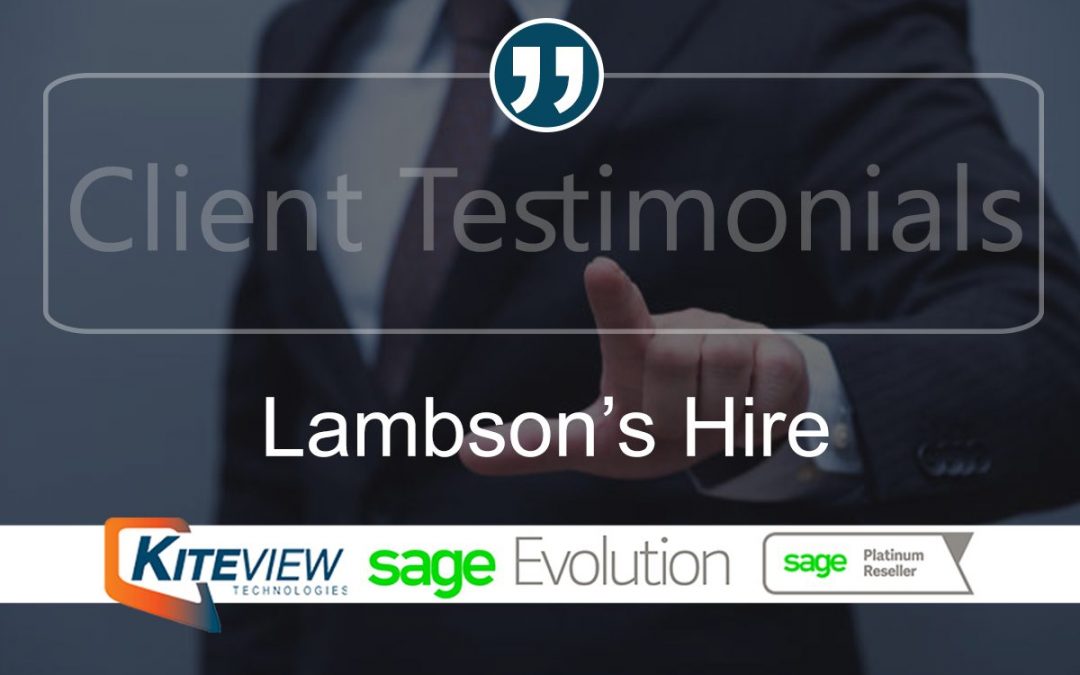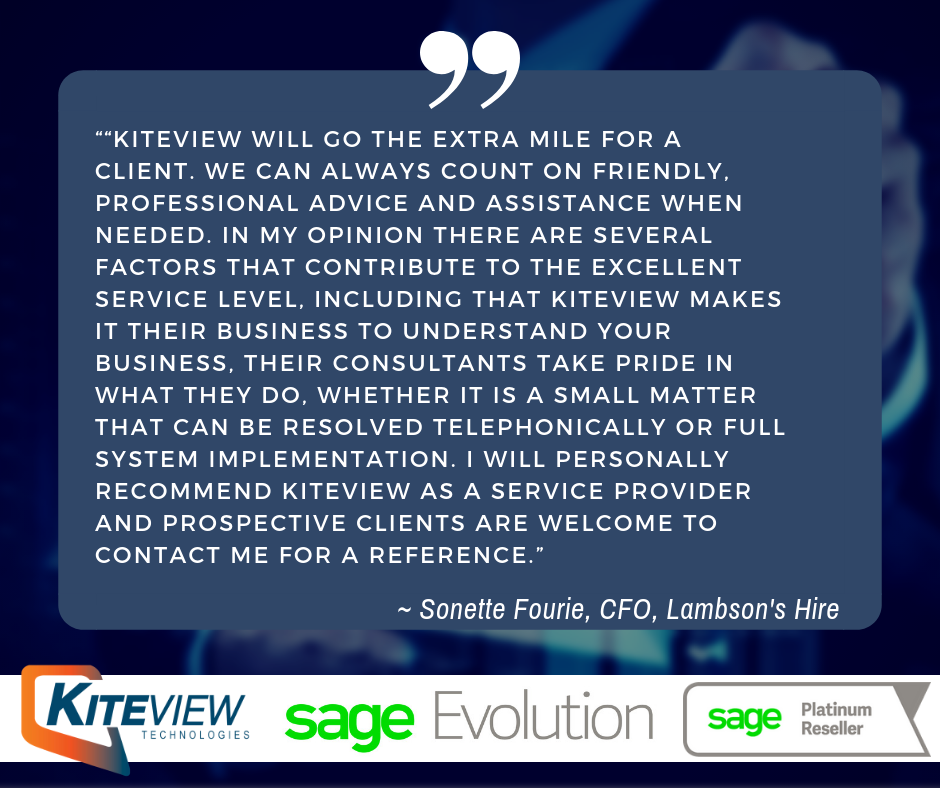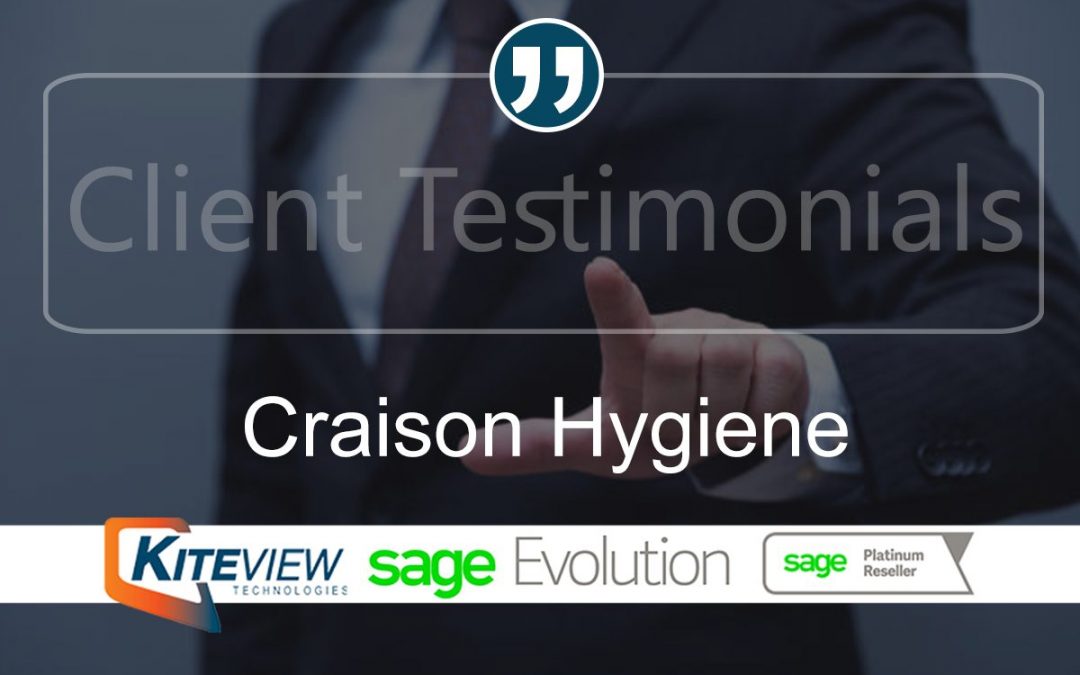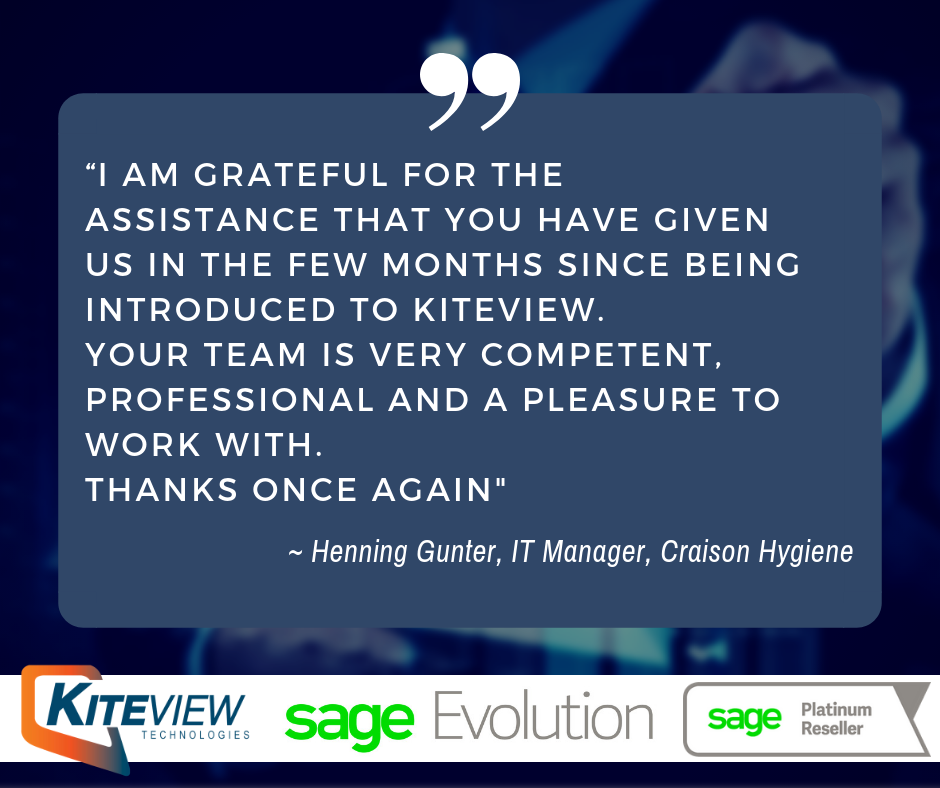
New Year’s Business Resolutions For Success In 2019
Article credit: Sage
Have you set your new year’s business resolutions for 2019 yet? The end of the year is a great time to reflect on the past 12 months and set goals for the future. Why not take some time to put some resolutions and plans in place?
This article will take a look at some of the challenges your company will face in 2019. It also offers advice from a group of business owners, which you can use to inspire your new year’s business resolutions as you look to succeed in 2019.
Business challenges in 2019
Tax returns
Using accounting software can help you to make sure all your numbers are in one place, making it easier when it comes to getting your figures together.
It might also be worth employing the services of an accountant when dealing with your tax returns.
New year’s business resolutions for 2019
Having plans in place for these business challenges will help your company as you approach each one. And while these will be big focuses, there will no doubt be other areas that you will look to tackle, such as finding new customers while retaining existing ones, scaling your business, dealing with late payments and managing your business admin.
Creating business resolutions (as well as personal ones) will help you to tackle these challenges. It’s important to remember that you’re not alone and other businesses are going through the same problems and looking to find solutions.
Here, a group of business owners, known as the Sage Business Experts, share their new year’s business resolutions – they might inspire you as your put your plans (and resolutions) together.
Sue Keogh, Sookio
“Firstly, think before saying yes to things. I need to value my time more, and remember that time taken to pause and think things through is time saved later.
“Secondly, with every task, think: ‘Can I delegate this?’ As the business owner, there’s no one above me telling me what to do, and I need to be more disciplined and inventive about what tasks I can pass on, so I can concentrate on the bigger picture stuff relating to actually growing the business.
“Finally, with every decision, think: ‘Is this strategic?’ So while it might be tempting to take on a project where everyone is jumping up and down wanting everything done yesterday – purely because they have my attention – it might be better in the long term to go and have a coffee with some of our lovely long-term clients to see how they’re doing and to check if there’s anything else we can help them with.”
Jeremy Corner, Blue Eyed Sun
“The name Blue Eyed Sun comes from Bob Dylan’s A Hard Rain’s A-Gonna Fall. It’s all about the end of days, injustice, suffering and pollution. This is where change begins.
“We want to create and distribute beautiful products that help the world. Whether it’s cards handmade with love on FSC boards that help people connect and stay close to one another, environmentally friendly products such as BambooCup that reduce single-use plastic waste or other products that alleviate suffering, our goals are all about change for the better.
“The main goal of Blue Eyed Sun is to distribute mindful and meaningful products that unite hearts.”
Jenny Garrett, coach, speaker and trainer
Firstly, to do the important work, not just the busy work.
It’s so easy to get sucked in to social media or responding to emails and not do the work that really makes a difference. I will be asking myself every morning what the important work I need to do today is.
Secondly to fall in love with the numbers and keep a keen eye on them.
Numbers aren’t my first love but keeping on top of my cash flow, managing my money well and ensuring I am ready for Making Tax Digital will give me peace of mind and help me to scale up.
Lastly to take out time out quarterly to work on the business, not just in it.
In 2018, I took a couple of retreats that enabled me to take a step back and review how my business was doing and reconnect with the goals I had set at the beginning of the year. I plan to do this quarterly in 2019.
Advice to achieve your business goals in 2019
Here, some of the Sage Business Experts share some tips for you to achieve what you set out to do in 2019.
Sue Keogh, Sookio
“Easy to say this but set some time aside for planning, so you are being proactive and have something to aim for, rather than just reacting to every little thing that happens.
“It doesn’t have to be a massive business plan. But even just mapping out your sales targets, your marketing activities and any challenges that lie ahead will be a big help to you in keeping the ship steady in the coming year.
“You should really think through if you are spending your time in the most productive way possible. For example, you might be spending a lot of time chasing new clients when actually you could upsell more to your existing ones.
“Or there might be tasks relating to HR or accounts that are not only time consuming but give you a headache; these could easily be outsourced. Lastly, get some sleep.”
Jeremy Corner, Blue Eyed Sun
“Figure out what pain in the world your product alleviates, understand how you are different from everyone else and sing about it in an engaging way that makes you stand out from the crowd.
“Pay attention to the market, to cash flow and to sales, but don’t let them drive your reason for being.
“Shine bright, contribute, engage and have fun. Work to live – don’t live to work. I learned this early on in my career and it has served me well.”
Jenny Garrett, coach, speaker and trainer
To achieve your goals in 2019, I recommend you spend some time thinking about the areas of your business, such as staffing, cash flow, marketing, your product and your clients, and give yourself a score: 10 being you are doing an amazing job in this area, 1 being that it is neglected.
Once you’ve done that, you can see what you need to work on and what you need to maintain.
Perhaps if you have a high turnover of staff, you need to spend some time understanding why. Maybe you need to improve the work environment, develop your staff or invest in some training for yourself.
Or perhaps you want to have more staff but are struggling to afford it. Perhaps you could offer internships, work placements or apprenticeships, which have a shorter time commitment.
In an increasingly uncertain environment, finding creative solutions will be essential to your business success, so be open to doing things differently. What gets measured, gets done, so set stretch targets and measure yourself against them regularly.
Antonia Chitty, Family Friendly Working
“A tip for retaining great staff in 2019: recruitment is important but retention of great staff saves you time and money. If you have issues with retention, make 2019 the time to ask your staff about what’s important to them.
“Develop a strategy of interviewing those who leave too soon and assessing why they leave. Don’t forget to ask great staff with long service what incentives keep them with your business.
“With this information in hand, re-examine your working practices and set yourself achievable targets for improved staff retention in 2019.”
Steve Johnson, Graphite Web Solutions
“It may sound obvious but without setting goals at the start of the year, how will you ever know how close you got to them? So, set the scene, define what your goals are and make sure they are SMART (specific, measurable, achievable, realistic, time-based).
“For example, while having a goal of increasing your revenue may seem reasonable, let’s make it smart:
- Increase revenue by 20% – specific
- If 2018’s revenue was £500k then 2019’s needs to be £600k – measurable
- Do you have the resources to increase work/revenue by 20% – achievable
- Last year, you increased revenue by 15% so this year increase by 20% – realistic
- January to December 2019, your revenue will be £600k – time-based
“By defining this, it will help you reach your goal. Breaking this goal into 90 days or quarters will allow you to monitor progress towards that goal, therefore making it more achievable. Now we can monitor and review:
- 31 March – revenue should be around £150k
- 30 June – revenue should be around £300k
- 30 September – revenue should be around £450k
- 31 December – revenue should be £600k
“Now you have a schedule to help you achieve that goal and can break each quarter into, what you need to do to reach that target.
“For example, work out how many new customers you need. Then set the process to gain those new customers.
“And consider how many customers need to renew. Look at how many normally renew and come up with strategies to increase that.
“Think about who is responsible for each element. Ensuring the right people own the relevant elements will help you reach your target.”
Joanne Dewberry, JoanneDewberry.co.uk
“Get yourself an accountability group. The best way to reach your goal is to share them with others, people who will support and guide you to your end result.
“Setting up or joining an accountability group is the best way to actually turn your dreams into tangible goals.”
Final thoughts on new year’s business resolutions
While new year’s resolutions can be a bit of fun – and perhaps not kept past the end of January (three times a week at the gym, anyone?), setting them for your business (and keeping them) can make a big difference to your company.
So take some time out, think about what you want to achieve in 2019, consider the challenges that your business will face and work out how you’ll tackle them. Then set out your new year’s business resolutions and put them to work.
And in 12 months’ time, when it comes to reviewing how far you’ve become, with a bit of luck, your business will be in a stronger place.
What new year’s business resolutions will you be working to stick to and achieve in 2019? Let us know in the comments below.
Kiteview Technologies (Pty) Ltd was founded in May 2010 to provide the Sage Evolution Business Management solution to the SME market. The management team of Kiteview have combined +30 years of experience in the delivery of small to mid-market Financial & Business Management solutions. This experience, combined with a sound project implementation methodology has helped in Kiteview’s growth, becoming a Platinum status partner for SAGE Pastel within just 1 year.
Contact Us
For An Obligation Free Quote














